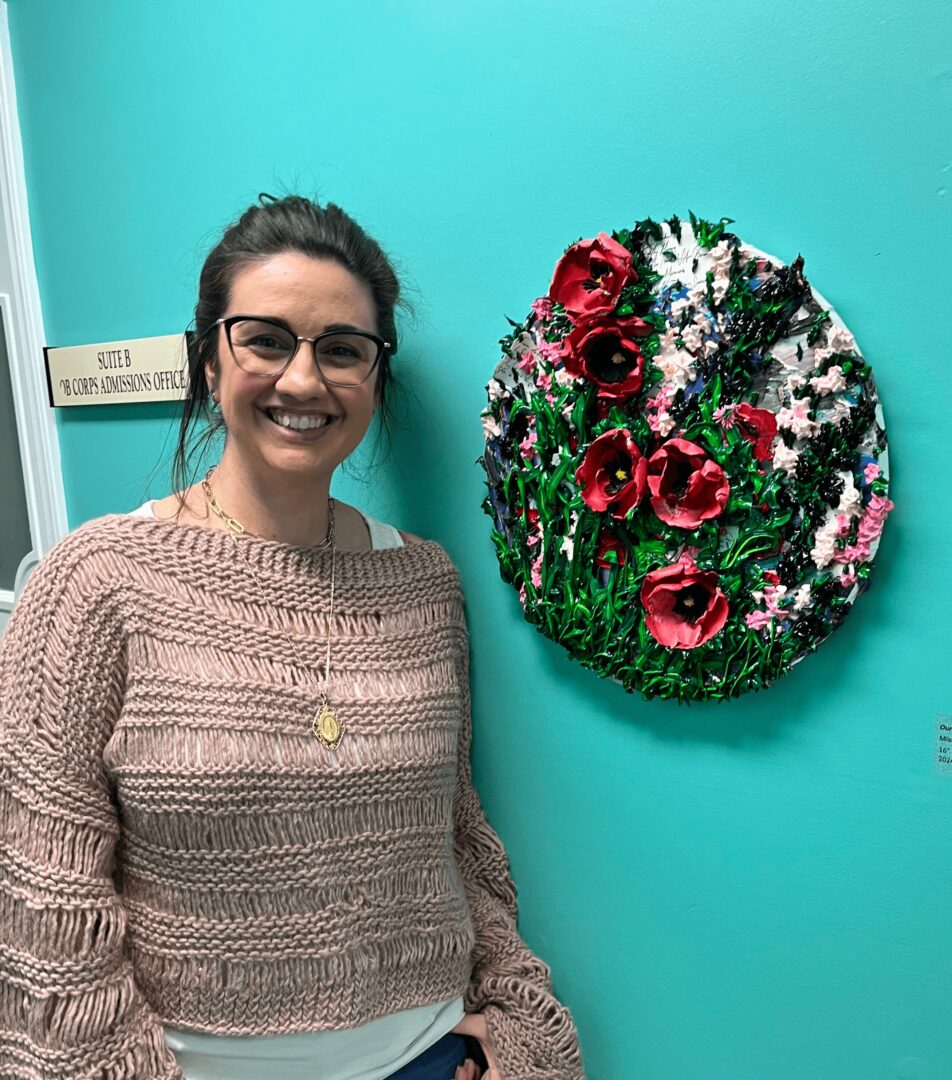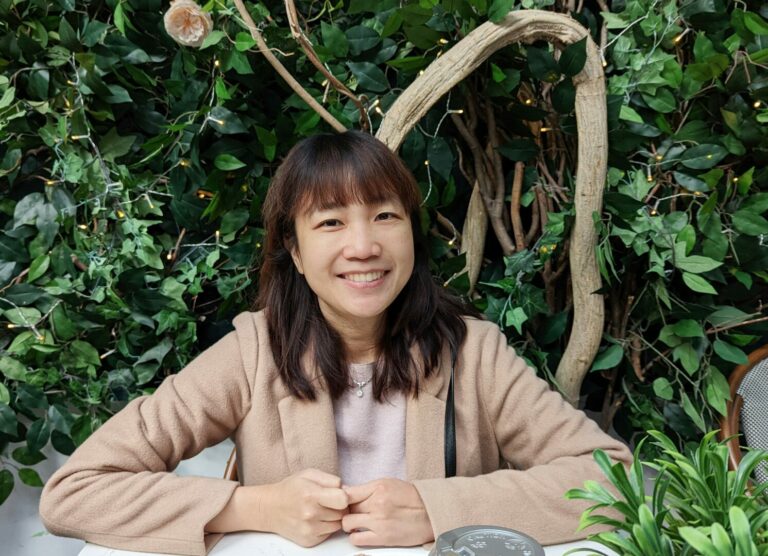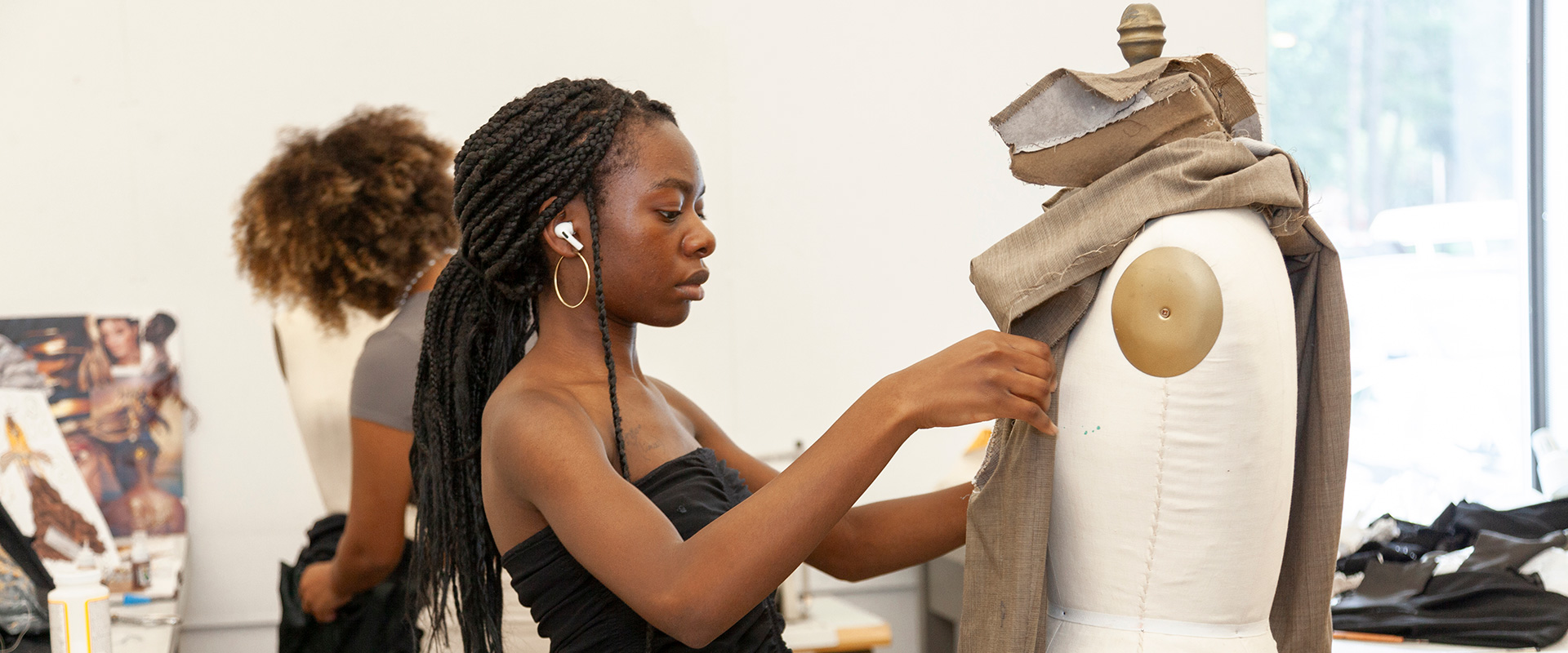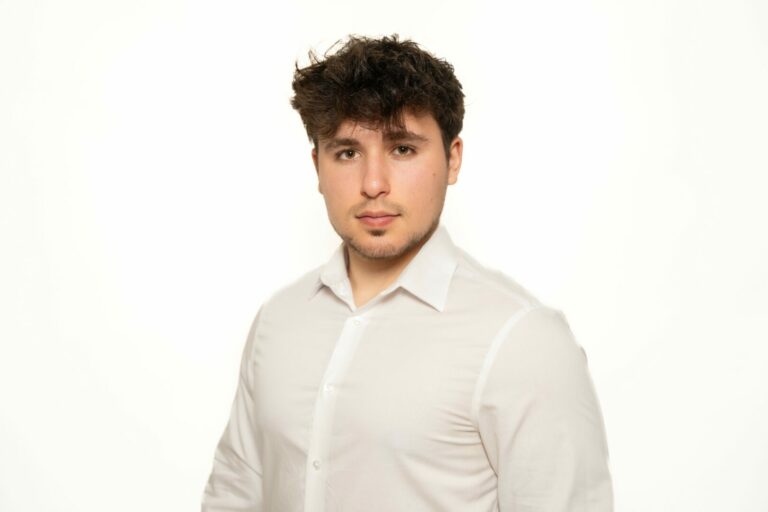We’re excited to introduce you to the always interesting and insightful Loretta Oberheim. We hope you’ll enjoy our conversation with Loretta below.
Loretta, so many exciting things to discuss, we can’t wait. Thanks for joining us and we appreciate you sharing your wisdom with our readers. So, maybe we can start by discussing optimism and where your optimism comes from?
My optimism comes from resilience—the understanding that even in the face of challenges, there is always room for growth and reinvention. After my accident and the diagnosis of my condition, I had to redefine what creativity meant for me. Rather than seeing limitations, I saw opportunities to experiment, adapt, and push artistic boundaries in ways I never expected.
Art has always been my voice, even when words failed me, and that in itself gives me hope. Every piece I create is a reminder that expression finds a way, no matter the circumstances. I also draw strength from my support system—family, friends, fellow artists—who remind me that setbacks don’t define me, but rather how I move forward does. Optimism, for me, isn’t about ignoring difficulties; it’s about finding beauty and meaning in them.
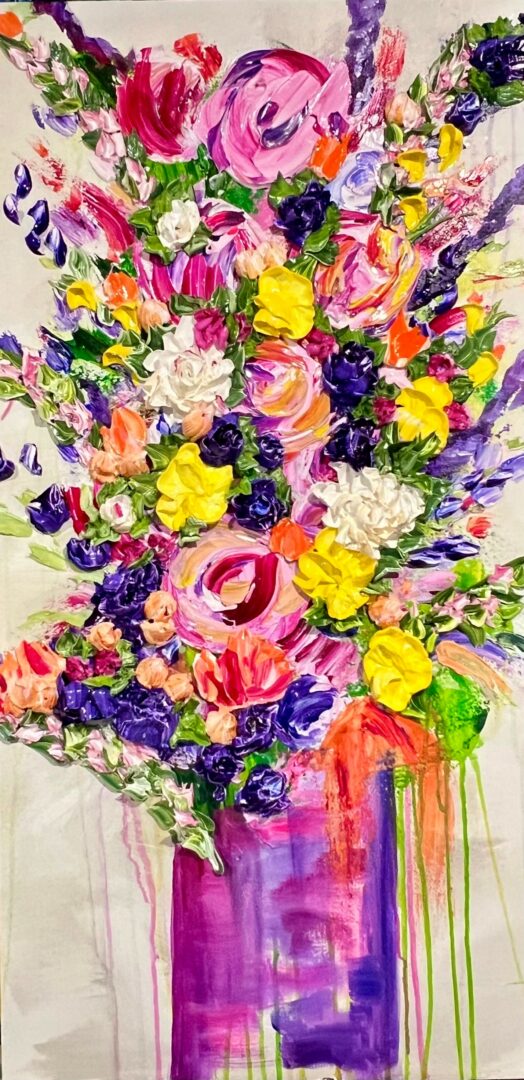
Appreciate the insights and wisdom. Before we dig deeper and ask you about the skills that matter and more, maybe you can tell our readers about yourself?
I’m an expressionist, multidisciplined artist who explores texture, movement, and emotion through sculpture, mixed media, and unconventional tools. My work is rooted in resilience, adaptation, and storytelling—shaped by my experiences as both a lifelong creative and someone who has had to reimagine my artistic process due to physical challenges.
After a traumatic brain injury in 2013 and a diagnosis of Cryopyrin-Associated Periodic Syndrome (CAPS), I had to confront the reality that the way I once created wasn’t always accessible to me. Instead of giving up, I found new ways to express myself—experimenting with alternative tools like cake piping bags, palette knives, and found objects. These adaptations not only allowed me to continue making art but also led me to discover techniques that brought a new depth and energy to my work.
What excites me most about my practice is the constant evolution. Art has always been my voice when words fail, and I embrace the idea that creativity is fluid. I love that my work invites people to connect with their own emotions—whether it’s through bold textures, unexpected materials, or the raw imperfections that make each piece unique.
Beyond my own artistic practice, I’m passionate about fostering creative communities. For the past four years, I’ve served as a board member of the South Bay Art Association, a local nonprofit dedicated to supporting artists and promoting the arts. Being involved with this organization has allowed me to connect with other creatives, help organize exhibitions and events, and contribute to making art more accessible in our community.
Right now, I’m focused on expanding my work and reaching new audiences. My latest exhibit, Echoes of Nature: Serenity and Strength, with the Patchogue Arts Council, explores the balance of power and tranquility found in nature—mirroring my own journey of overcoming challenges while embracing the beauty in resilience. I also recently completed a commission inspired by my piece Summer Time, which was discovered by a collector at Gallery North in Setauket. Seeing how my work resonates with people in personal ways is one of the most fulfilling aspects of what I do.
Moving forward, I’m excited to continue experimenting with new materials, collaborating with other artists, and finding ways to make art more accessible—both for myself and for others who may feel limited by circumstance. More than anything, I want people to know that art isn’t about perfection or a traditional path—it’s about expression, exploration, and finding meaning in the process.
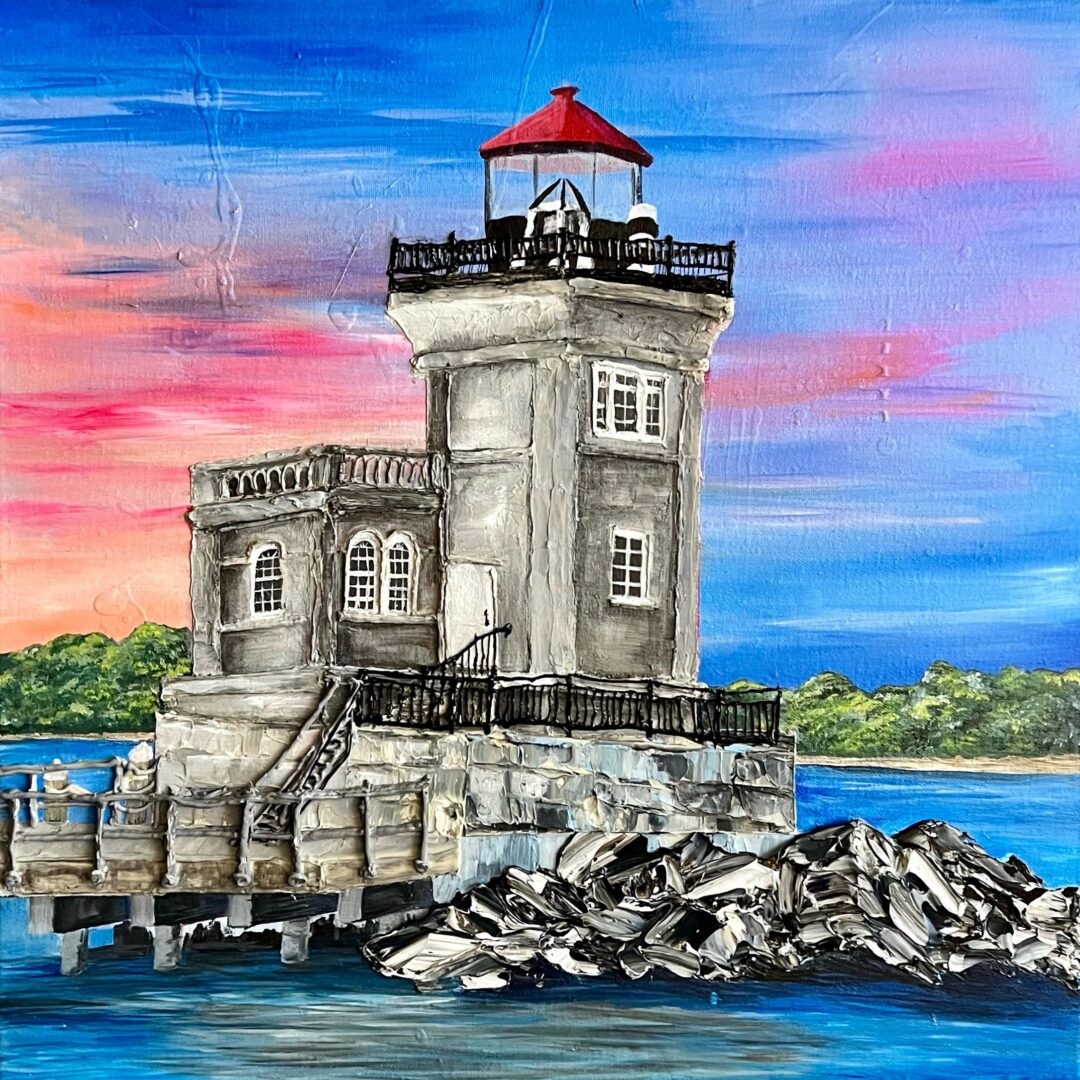
Looking back, what do you think were the three qualities, skills, or areas of knowledge that were most impactful in your journey? What advice do you have for folks who are early in their journey in terms of how they can best develop or improve on these?
Three qualities that have been most impactful in my journey are adaptability, resilience, and a willingness to experiment.
1. Adaptability – My path as an artist has not been linear. From starting in textile design to pivoting due to health challenges, I’ve had to constantly adjust my approach. Being adaptable allowed me to embrace new tools, techniques, and even redefine what creativity means to me. For those early in their journey, I’d encourage them to stay open to change. Don’t be afraid to pivot or explore unexpected opportunities—you may discover something even more fulfilling than what you originally envisioned.
2. Resilience – There were moments when I questioned if I could continue creating, but resilience kept me going. Every challenge I’ve faced has taught me that setbacks aren’t the end; they’re just detours. My advice to others is to develop a mindset where obstacles don’t define you, but how you respond to them does. Surround yourself with a support system, take breaks when needed, and remind yourself why you started in the first place.
3. Willingness to Experiment – Some of my most exciting work came from trying unconventional methods, like using cake piping bags or found objects to create texture. If I had been afraid to step outside of traditional techniques, I might have never discovered these approaches. My advice is to let go of perfectionism. Give yourself permission to create freely, make mistakes, and try things that feel unconventional—you never know what might resonate with you.
At the end of the day, the most important thing is to stay true to yourself. Art and creativity are deeply personal, and there’s no single “right” way to do things. Trust your process, embrace your journey, and keep pushing forward.
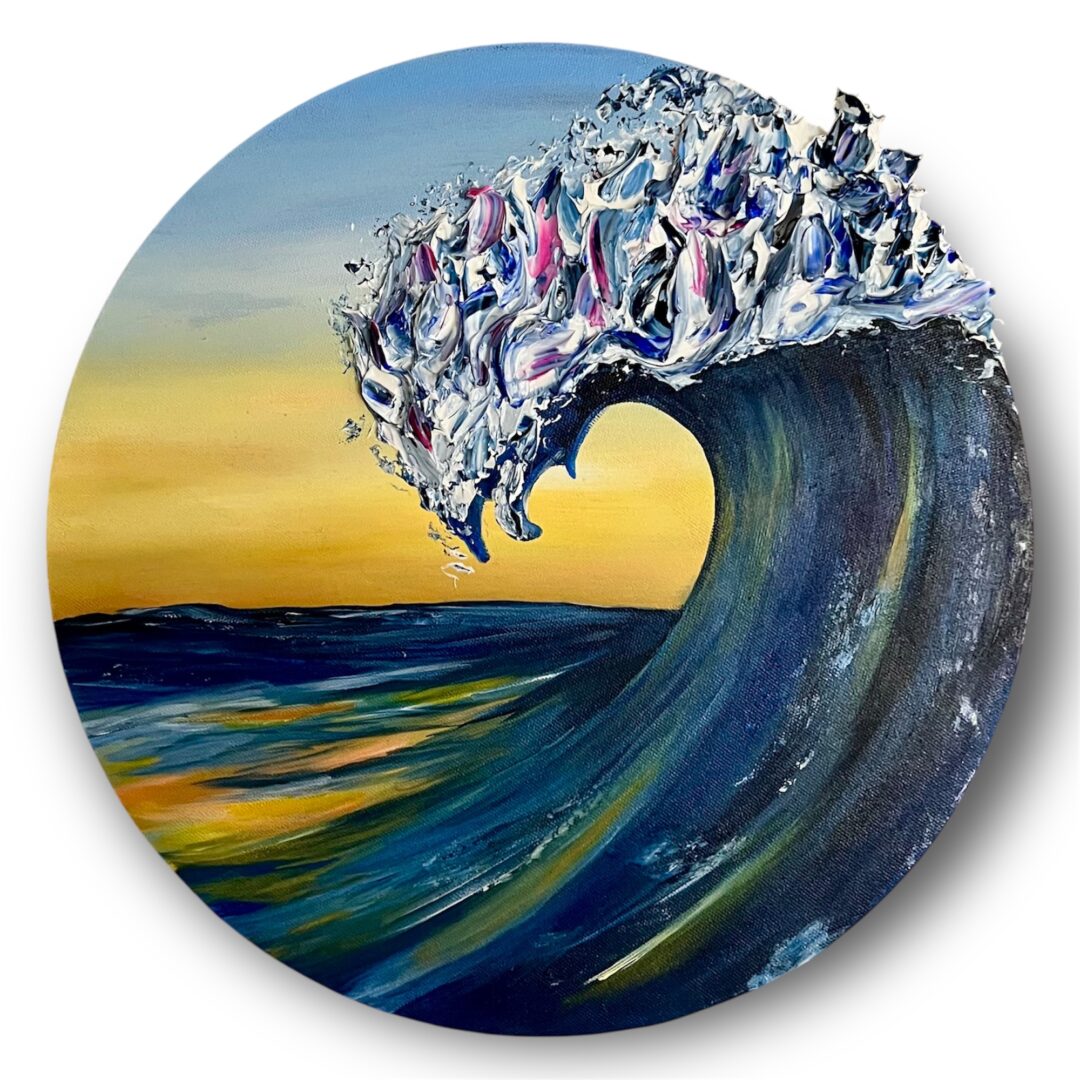
Before we go, maybe you can tell us a bit about your parents and what you feel was the most impactful thing they did for you?
The most impactful thing my parents did for me was that they never gave up on me. No matter what challenges I faced—whether it was struggling to find my path, dealing with setbacks, or having to reinvent myself after my accident—they always believed in me, even when I wasn’t sure I believed in myself.
They encouraged my creativity from a young age, making sure I had the space and tools to explore art. When I was 16, my dad gave me the choice between having a big birthday party or taking summer classes at the Fashion Institute of Technology—I chose FIT, and that decision shaped my future. Their unwavering support didn’t stop there. Even after my traumatic brain injury and diagnosis, they reminded me that I was still an artist, still capable, and that I could adapt.
That kind of belief, that kind of love, is something I carry with me every day. It’s why I keep pushing forward, even when things get difficult. Because I know they never gave up on me, I won’t give up on myself.
Contact Info:
- Website: https://Www.lorettaoberheimart.com
- Instagram: @loretta_oberheim_art
- Youtube: @LorettaOberheimArt
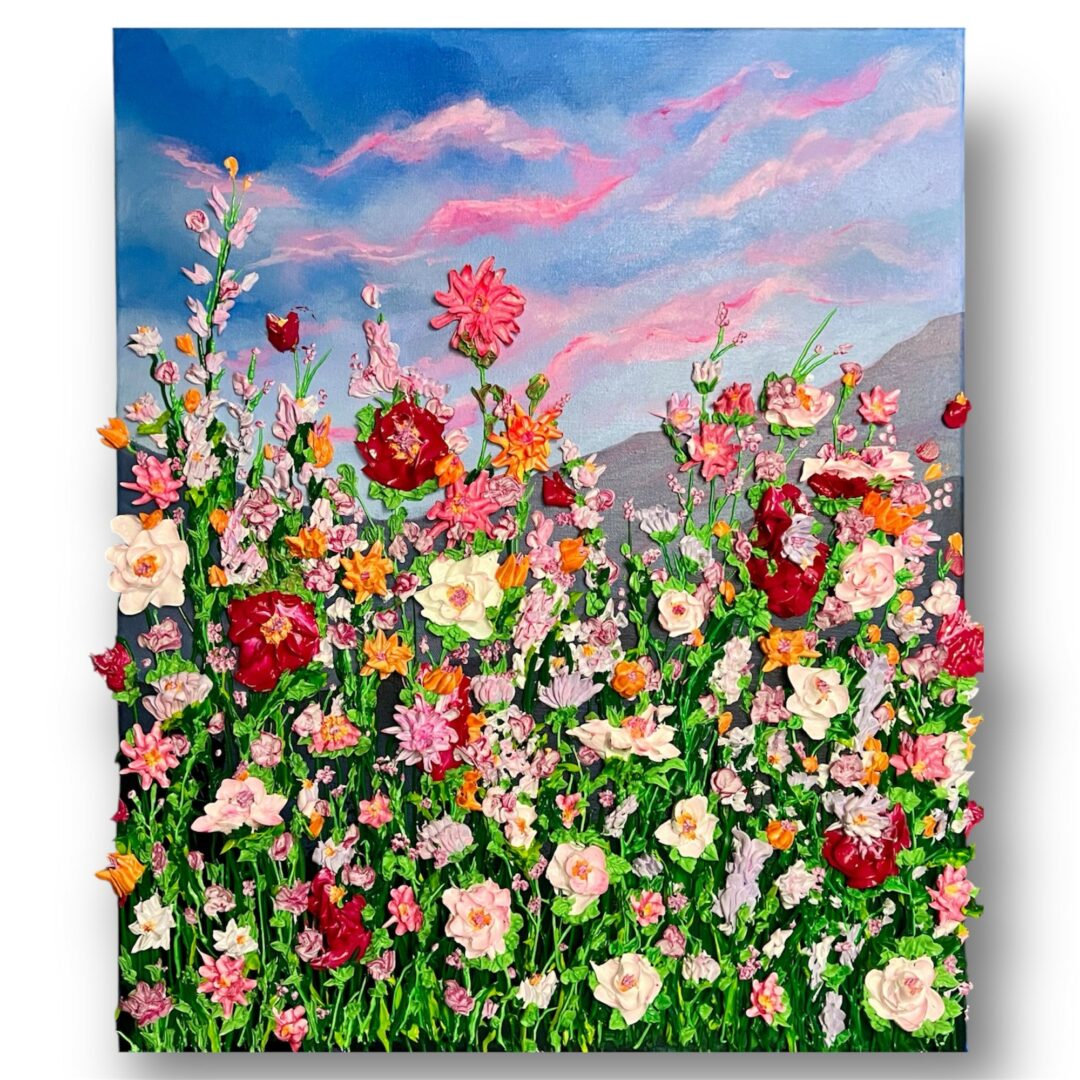
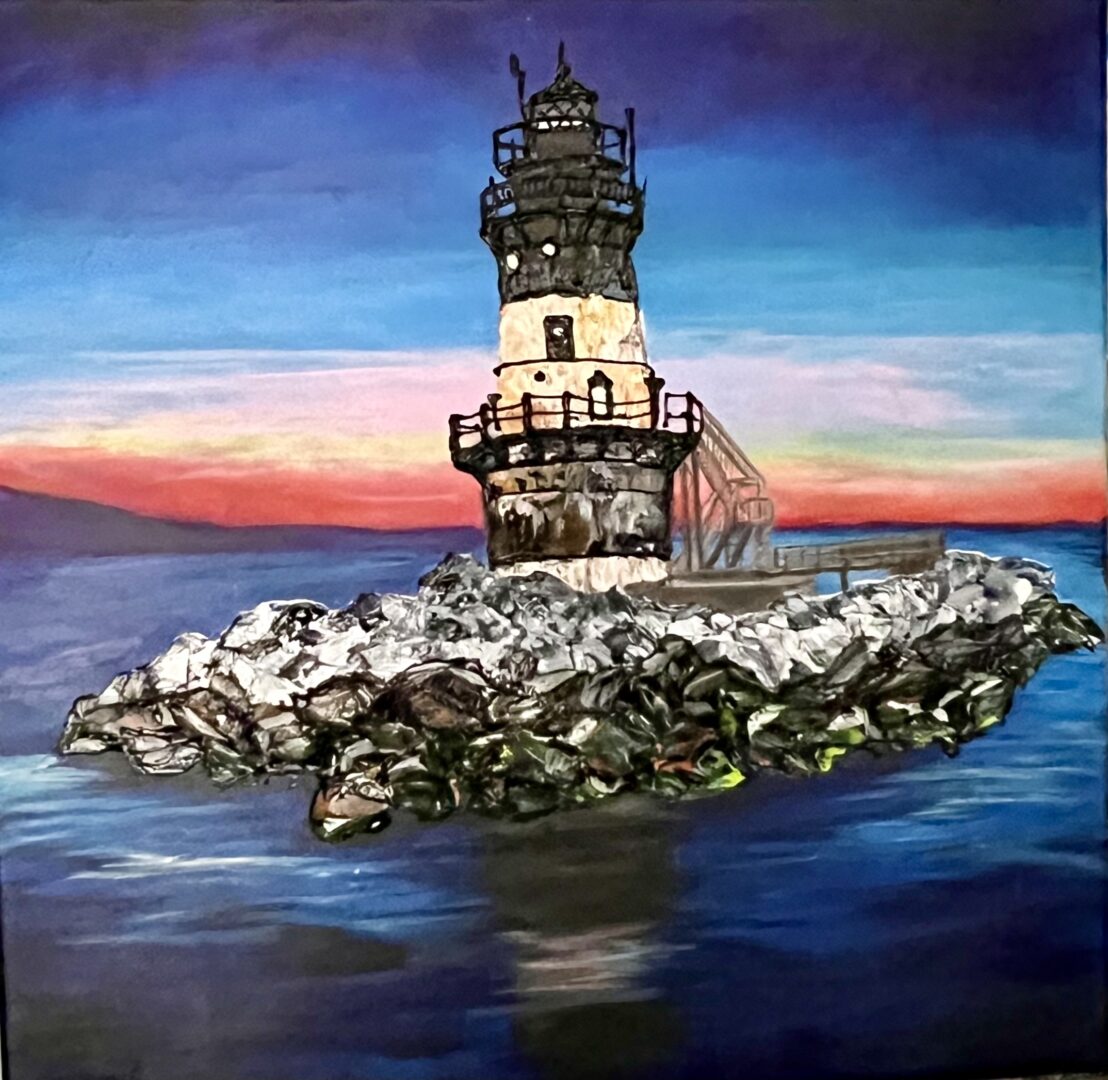
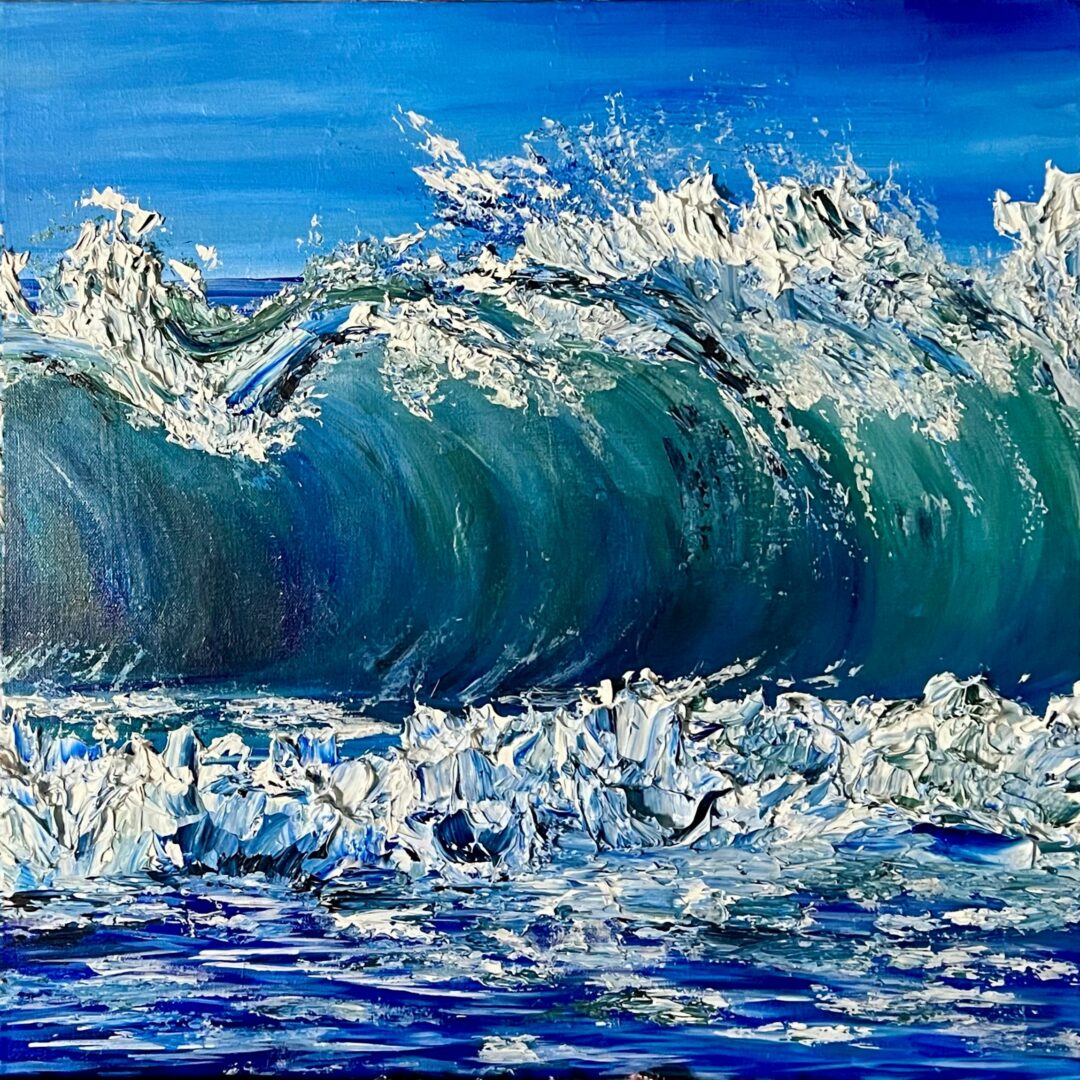
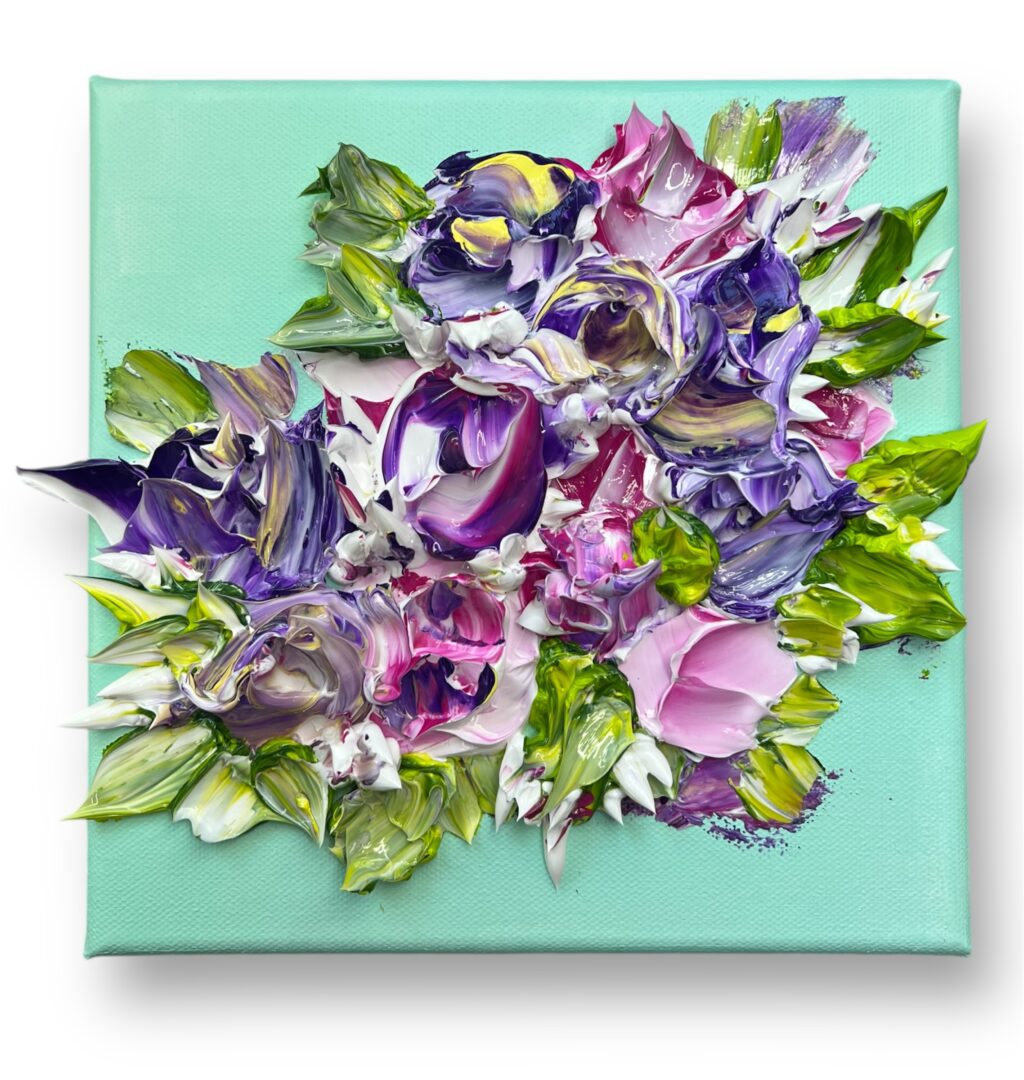
so if you or someone you know deserves recognition please let us know here.

